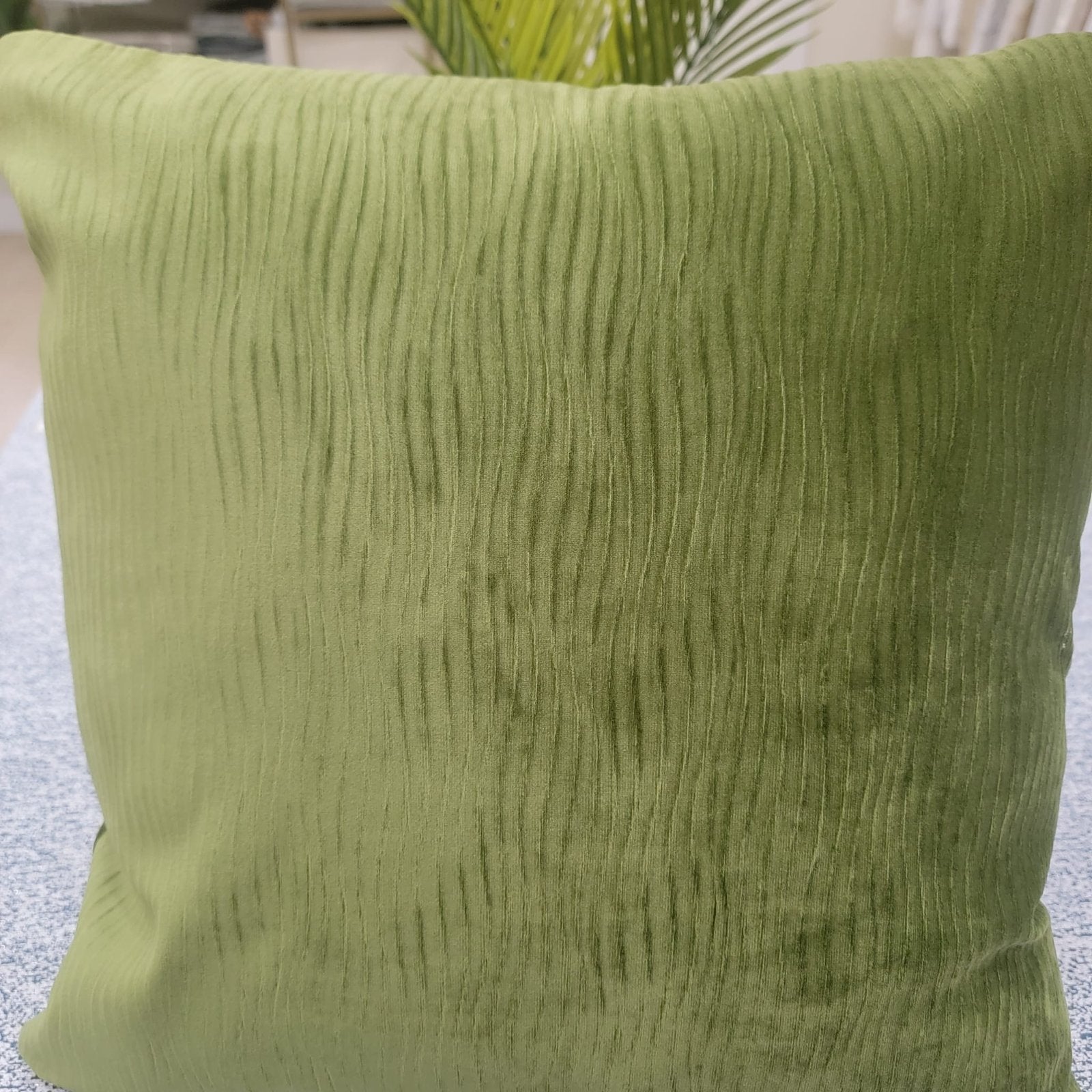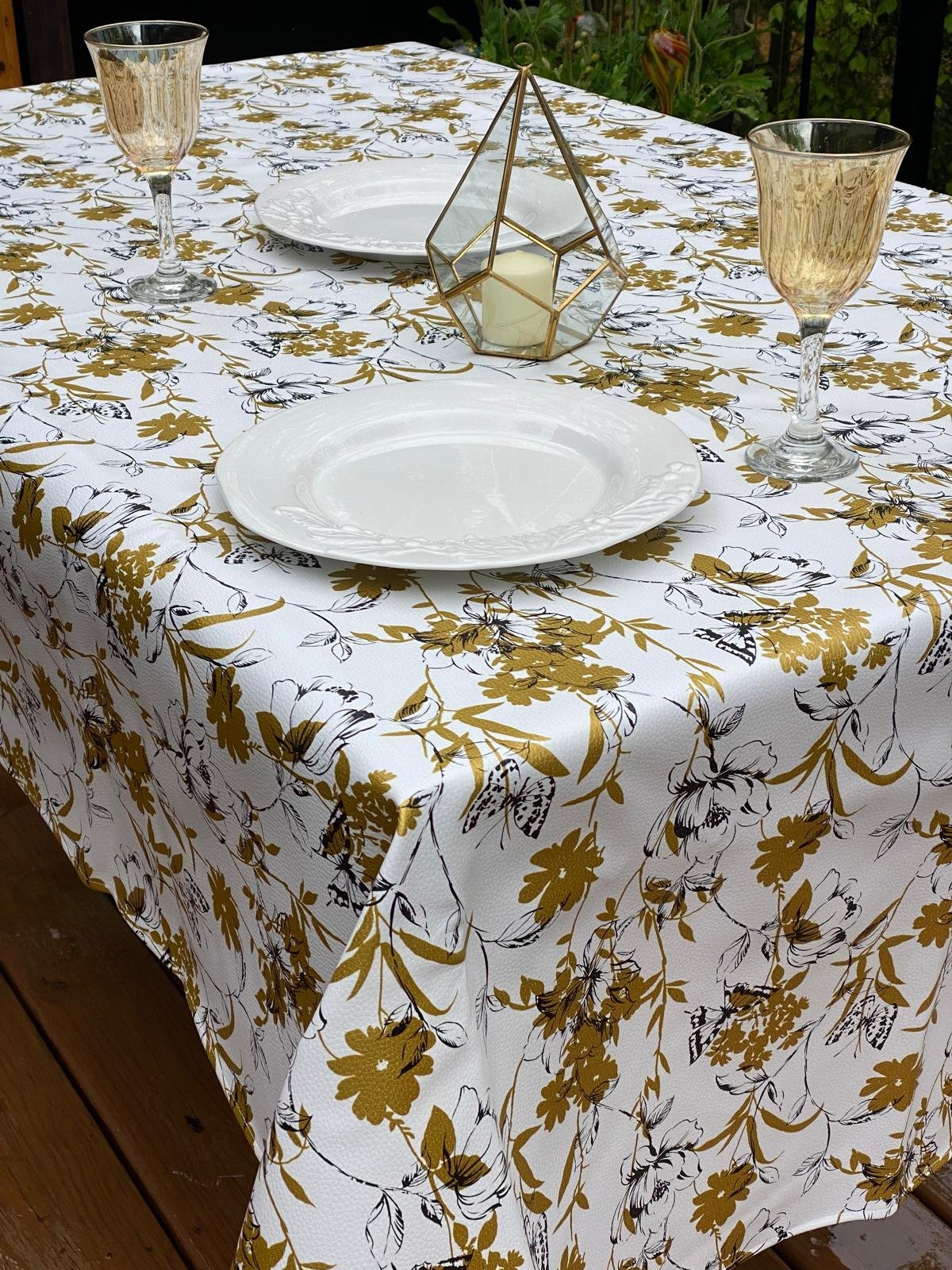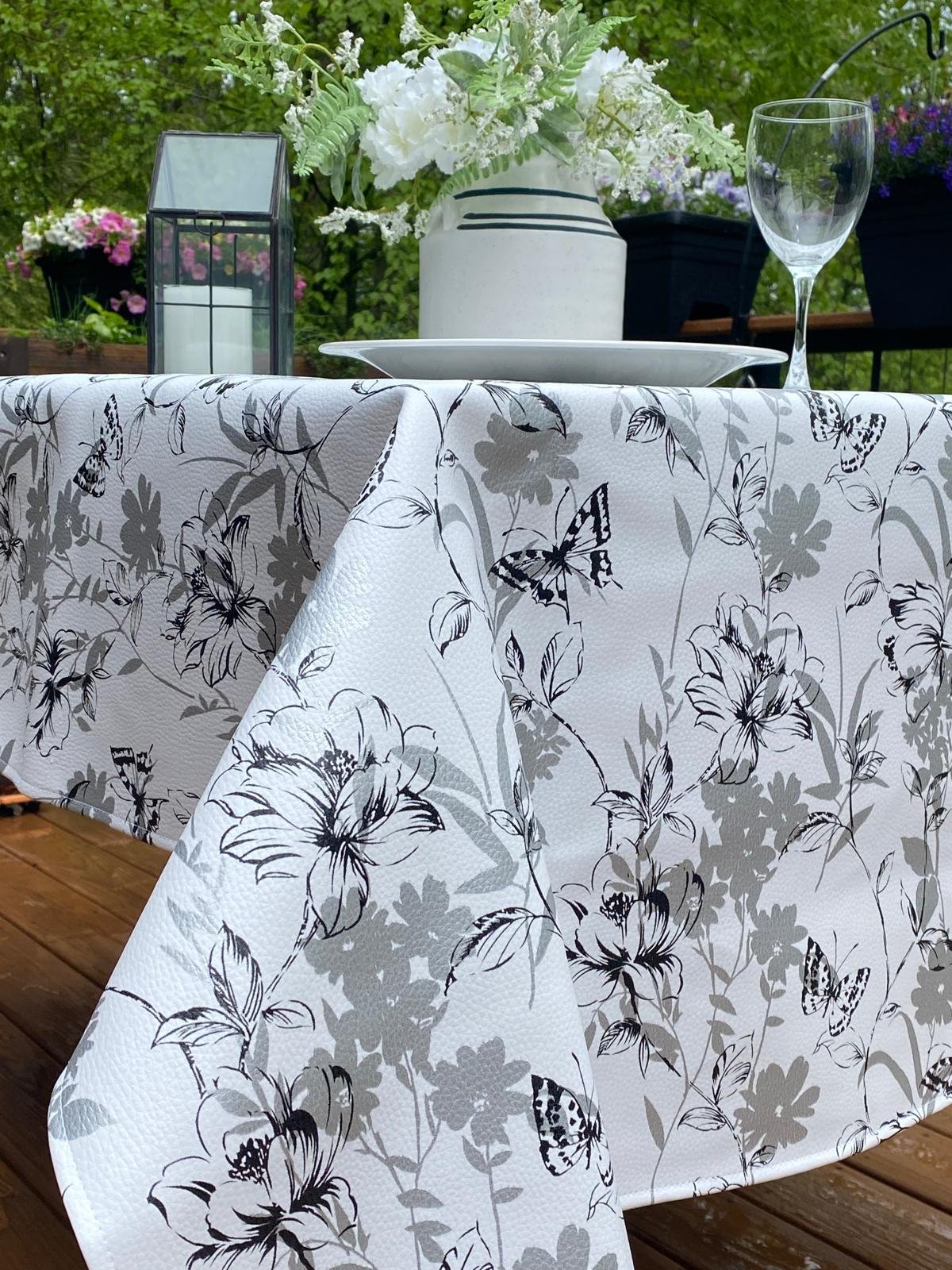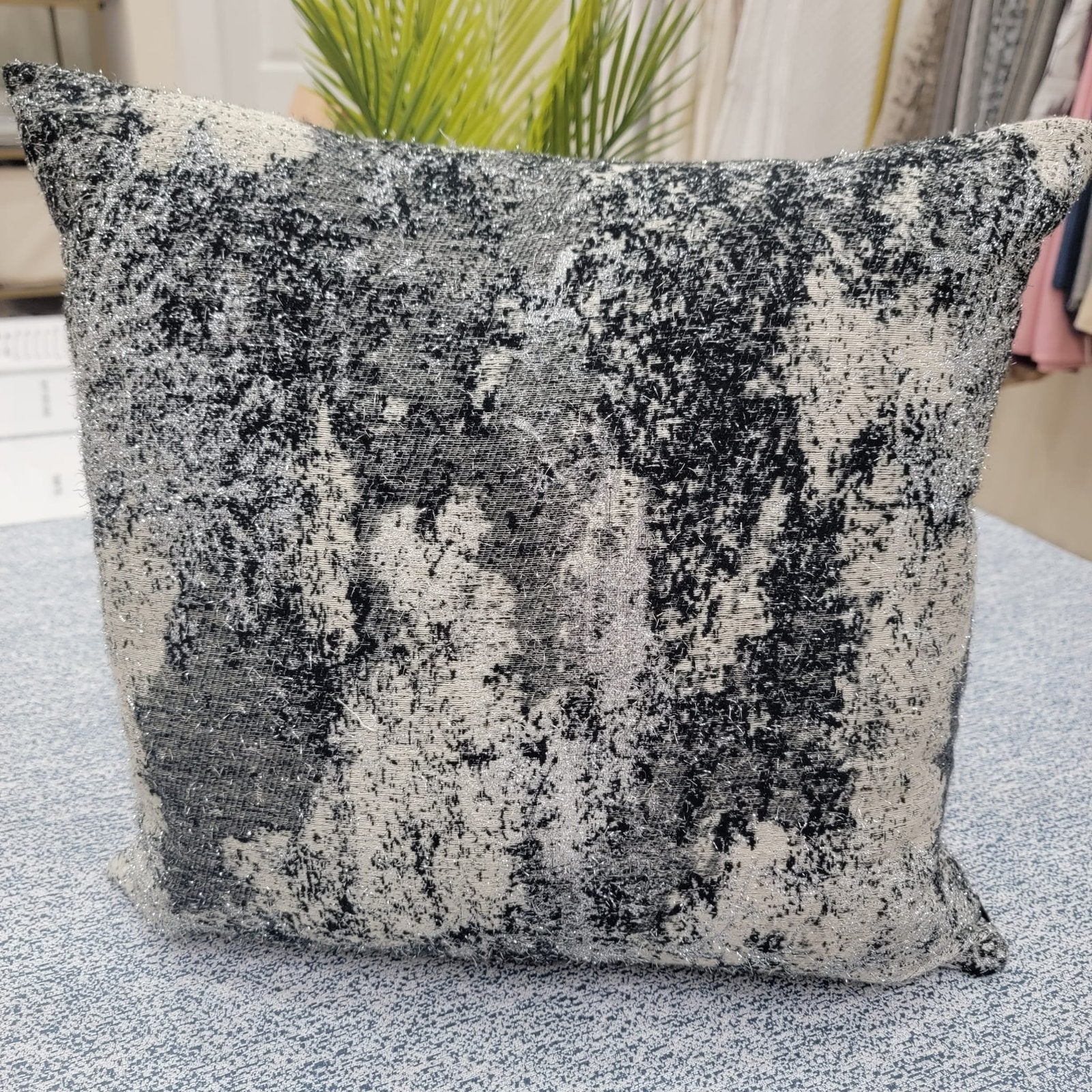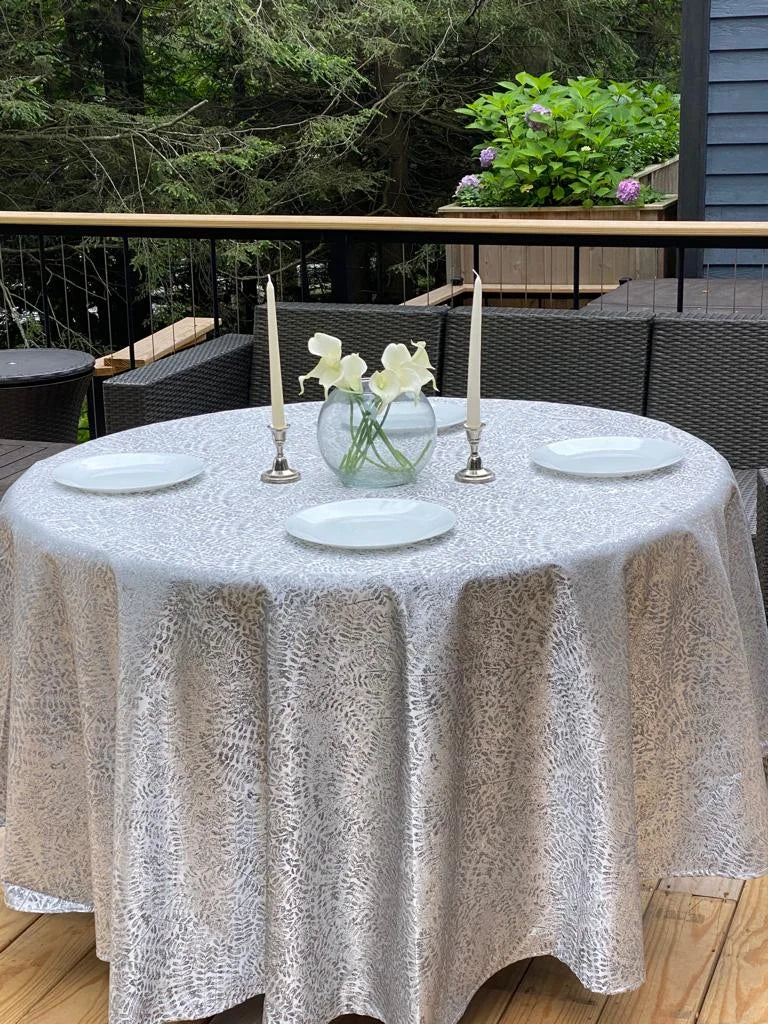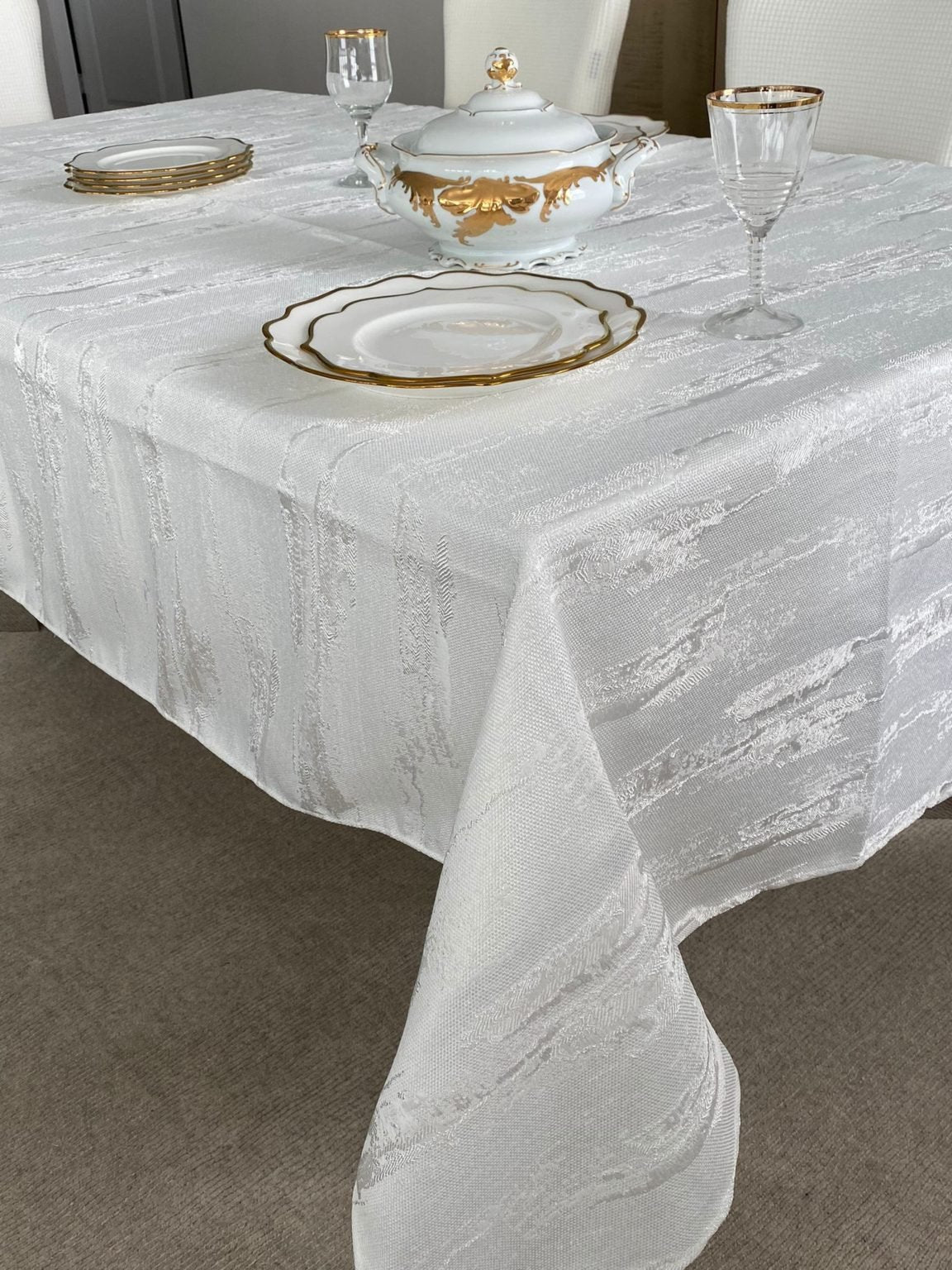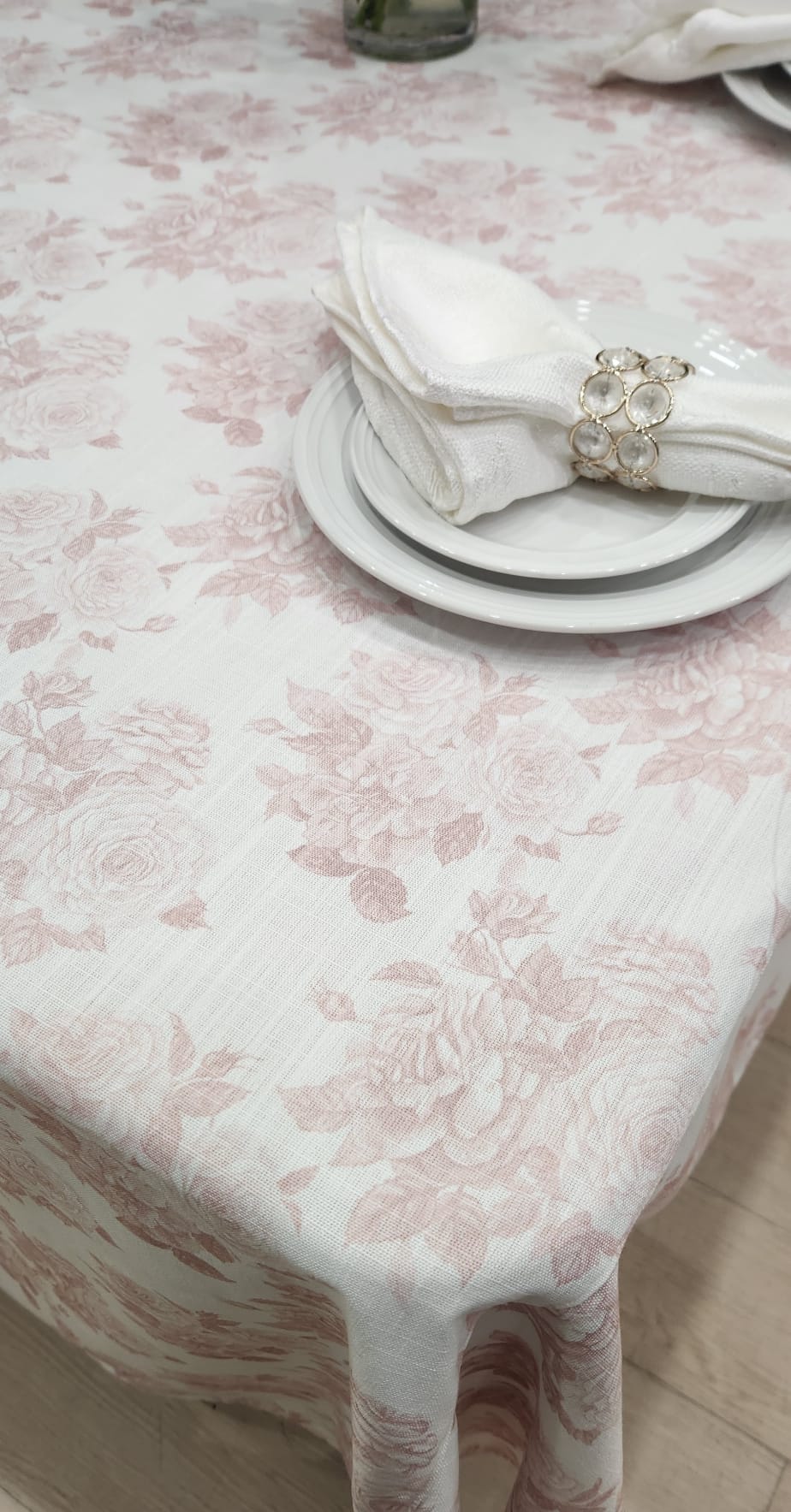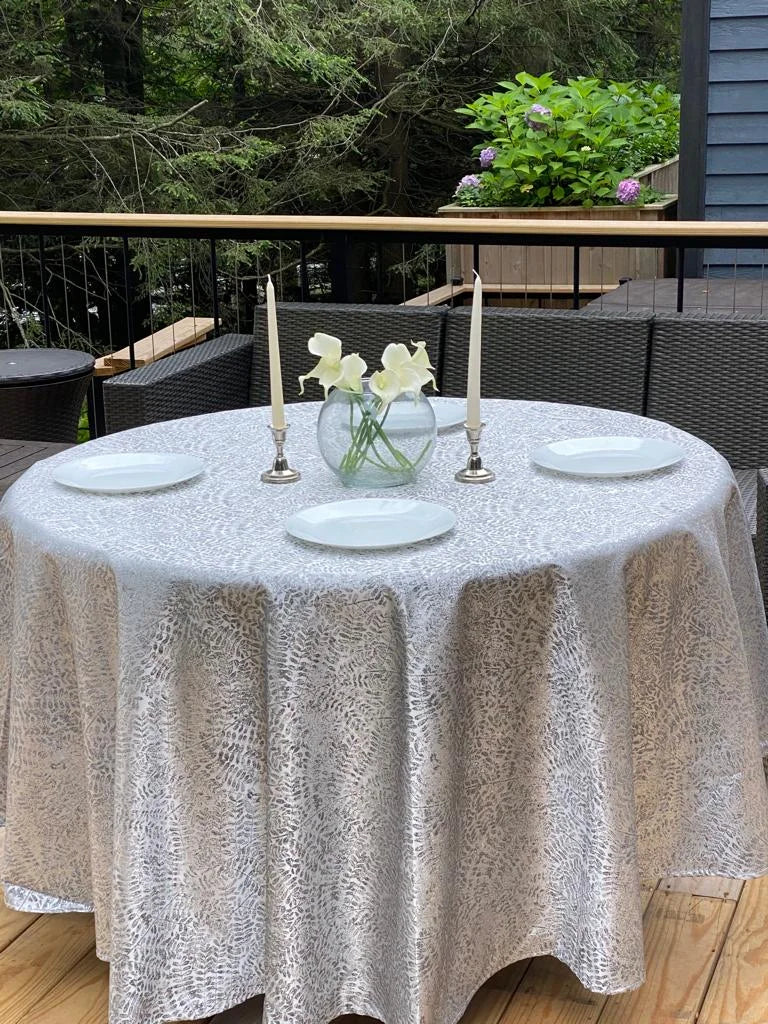Luxury tablecloths are not just pieces of fabric; they are investments in elegance, sophistication, and the overall atmosphere of your dining room. Whether you're hosting a dinner party, celebrating a special occasion, or setting a festive table for the holidays, a luxury tablecloth elevates the experience. However, maintaining its beauty and quality requires proper cleaning and care.
In this comprehensive guide, we’ll walk you through everything you need to know about cleaning and caring for your luxury tablecloths. From basic washing tips to storage suggestions, we’ll help you preserve the charm and durability of your investment.
Why Proper Care for Luxury Tablecloths Matters
When you purchase high-end tablecloths, you’re investing in a product designed to last for years. Luxury tablecloths are made from fine materials like linen, silk, or cotton, and with the right care, they can withstand the test of time while looking as stunning as the day you bought them.
Proper cleaning and care not only preserve their physical appearance but also maintain their texture, color, and shape. Over time, improper care can lead to stains, fading, and even fabric breakdown, which can ruin an otherwise gorgeous piece of linen.
How to Clean and Care for Your Luxury Tablecloth
Understanding the Fabric First
Before diving into the cleaning process, it’s crucial to understand the fabric of your luxury tablecloth. The care instructions vary widely depending on whether you have linen, cotton, silk, or a blend. Knowing the fabric type ensures you choose the right cleaning method.
For example:
-
Linen tablecloths need more care when washing as they are prone to shrinking and wrinkling.
-
Silk tablecloths require extra attention because they are delicate and can lose their sheen if washed improperly.
-
Cotton tablecloths are easier to clean but can still suffer from discoloration if exposed to harsh chemicals.
Check the care label of your tablecloth for any specific cleaning instructions, and if no label is available, consider testing a small, inconspicuous area for durability before proceeding with washing.
Step-by-Step: How to Wash Tablecloths at Home
Pre-Treat Stains Immediately
No one likes finding a stain after a special event, but it happens. The key to preventing stains from setting is to act quickly. The moment you notice a spill, grab a clean cloth or paper towel to blot, not rub, the stain. Rubbing can push the stain deeper into the fibers, making it harder to remove.
For stains such as wine, coffee, or grease, here are some specific steps:
-
Wine or Coffee: Gently blot the spill with a clean cloth, then treat the area with a white vinegar-water mixture. For red wine stains, use a salt-based solution to absorb the wine.
-
Grease or Oil: Sprinkle cornstarch or baby powder over the affected area to absorb the oil before pretreating with a gentle stain remover.
Pro Tip: Always act as quickly as possible. The faster you treat a stain, the more likely it is that you can remove it successfully.
Choose the Right Detergent
When washing luxury tablecloths, always opt for a mild detergent. Harsh chemicals like bleach and strong detergents can weaken the fibers, discolor the fabric, and ruin the texture. Look for detergents labeled as “gentle” or “for fine linens” for the best results.
Avoid using fabric softeners because they can leave a residue that affects the fabric’s natural feel and breathability. Instead, opt for a gentle wash that preserves the integrity of the fabric.
Machine Washing vs. Hand Washing
-
Machine Washing:
If your luxury tablecloths are made of durable fabrics like cotton or polyester, machine washing can be an option. Set the washing machine to the delicate or gentle cycle and use cold or lukewarm water. Avoid using hot water, as it can cause fabric shrinkage and weaken fibers over time. -
Hand Washing:
Delicate fabrics like linen tablecloths or tablecloths with intricate embroidery should be washed by hand. Fill a basin with cool water and a gentle detergent, then immerse the cloth. Gently swish it around, taking care not to stretch or twist the fabric. Afterward, rinse thoroughly with cold water.
Pro Tip: If you’re washing multiple tablecloths at once, avoid overloading the machine. Too much fabric can cause tangling and excessive wrinkling.
Drying Your Luxury Tablecloth
After washing, it’s time to dry your luxury tablecloth. Air drying is always the safest method for high-end linens. Hang or lay your tablecloth flat on a clean, dry surface. Avoid the tumble dryer, as it can cause the fabric to shrink or lose its shape.
For linen tablecloths, you can also line-dry them by hanging them on a clothesline, ensuring that the cloth is not exposed to direct sunlight for extended periods. Direct sunlight can cause the fabric to fade, reducing its luxurious appeal.
How to Wash a Linen Tablecloth Without Shrinking
Linen is a beautiful but delicate fabric that requires extra attention during cleaning. To avoid shrinking:
-
Wash in cold water.
-
Use a gentle cycle if machine washing.
-
Always air dry by laying flat or hanging to dry.
-
Never use high heat when ironing linen. Instead, iron the tablecloth while it is slightly damp to help preserve its shape.
Caring for Your Tablecloth Between Uses
Immediate Storage Tips
Once your tablecloth is clean and dry, proper storage is essential to maintaining its quality. If you're storing your luxurious tablecloths for future use, always ensure they are completely dry to prevent mold or mildew.
Storage Best Practices:
-
Roll your tablecloths rather than folding them. This prevents deep creases and helps retain their shape.
-
Wrap your tablecloths in acid-free tissue paper or a cotton bag to prevent any dust or dirt buildup while stored.
-
Store them in a cool, dry place away from direct sunlight, as UV rays can cause the fabric to fade over time.
Handling Stubborn Stains on Luxury Tablecloths
Oil, Wax, and Wine Stains
Certain stains require special attention:
-
Oil or Grease: These types of stains can be tough, but cornstarch or baby powder is your friend. Sprinkle the powder generously over the stain and let it absorb the oil for about 30 minutes. Afterward, brush it off and follow up with your regular cleaning method.
-
Wax Spills: If candle wax drips onto your tablecloth, let it harden. Place a paper towel or cloth over the wax and use an iron on a low setting to melt the wax, which will be absorbed by the towel. Follow this by cleaning the fabric as usual.
-
Red Wine: Blot immediately to absorb as much liquid as possible, then pour white wine over the stain to neutralize it. For persistent stains, use a stain remover designed for delicate fabrics.
General Tips for Stubborn Stains
-
Don’t rub the stain; it can make it worse.
-
Always test stain removal products on an inconspicuous area of the fabric first to ensure they don't damage the fabric.
-
For difficult stains, consult a professional cleaner.
Ironing and Steaming: Restore the Luxury Look
Ironing your luxury tablecloths not only removes wrinkles but also helps restore the fabric to its original look and feel. To iron effectively:
-
Use the appropriate heat setting for the fabric (usually low heat for linen tablecloths and medium heat for cotton).
-
Iron on the reverse side to prevent shiny marks or damage to delicate fabrics.
-
Use a pressing cloth for added protection, especially for heavily embroidered or delicate tablecloths.
If you're worried about ironing, a steam iron can be an excellent alternative. Steam helps relax wrinkles without direct contact, making it safer for delicate materials like linen and silk.
Professional Cleaning: When Should You Consider It?
Certain luxury tablecloths may require professional cleaning due to their intricate design or delicate fabric. High-end fabrics like silk, heavily embroidered designs, and antique linens are best cleaned by experts. Professional dry cleaning ensures that these valuable items are treated with the utmost care, preserving their quality and appearance.
Extra Care Tips for Luxurious Tablecloths
-
Rotate Tablecloths: If you use your luxury tablecloths frequently, it’s a good idea to rotate them so they wear evenly. This helps reduce the strain on one particular cloth.
-
Use Table Pads: To protect your tablecloths from food stains, spills, and everyday wear and tear, use table pads or protectors beneath your tablecloth.
-
Avoid Overuse: Over time, even the most luxurious fabrics can wear out if used too frequently. Limit their use to special occasions, and save them for moments that truly deserve their elegance.
Conclusion: Preserve the Beauty of Your Luxury Tablecloth
A luxury tablecloth is more than just a decorative item. It is an essential part of creating a sophisticated dining atmosphere. Proper care ensures that your tablecloths continue to shine and serve you beautifully for many years. By following the simple yet effective tips we've outlined, you’ll keep your linens looking as pristine as the first time you laid them out on your table.
Ready to add more elegance to your home? Explore our exclusive collection of luxury tablecloths and elevate your dining experience today.
Explore our Tablecloth Collection
How to Clean and Care for Your Luxury Tablecloth
Can you machine wash all luxury tablecloths?
No, not all luxury tablecloths are machine washable. Always check the care label to ensure that your fabric is suitable for machine washing. Delicate fabrics like silk or heavily embroidered linens often require hand washing or professional cleaning.
How do you get yellow stains out of a luxury tablecloth?
Yellow stains, especially from food or aging, can be tricky to remove. Mix baking soda with water to form a paste and gently apply it to the stain before washing. If the stain persists, consult a professional cleaner.
How often should I wash my luxury tablecloth?
Wash your luxurious tablecloths after each use, especially if stains are present. If it’s a decorative piece that hasn’t been used, clean it every few months to maintain its freshness.
What's the best way to store luxury tablecloths?
Store them in a cool, dry place. Rolling the cloths and using acid-free tissue paper will prevent creases and fading. Never store your tablecloths in plastic bags, as this can trap moisture and lead to mildew.
How to wash a linen tablecloth without damaging it?
Use cold water, a gentle cycle or hand washing, mild detergent, and air dry by laying flat. Never use hot water or high heat, as it can cause the linen to shrink or lose its texture.
